World's first floating nuclear power plant arrives in Russian port
The world’s first floating nuclear plant made by Russia has arrived at its permanent base in the northeasterly region of the country as melting ice from global warming opens way for rivalry over the Arctic's untapped mineral resources.
Russian state nuclear energy company Rosatom announced on Saturday that the floating nuclear plant named Akademik Lomonosov made its 5,000 km journey from Murmansk in the northwest through the Russian Arctic to Chukotka in the northeast.
The 21-tonne, 144-meter-long and 30-meter-wide power station has two 35-megawatt reactors and is designed to meet the energy needs for around 100,000 people and also power oil platforms.
Rosatom said the floating nuclear power station will be operational by the year-end. The power plant can operate non-stop without the need for refueling for 3-5 years.
The plant will replace a coal-fired power plant and an aging nuclear power plant supplying more than 50,000 people with electricity in Chukotka.
“It is perhaps a small step toward sustainable development in the Arctic — but it’s a giant step toward decarbonization of remote, off-grid zones and a turning point in the global development of small modular nuclear plants,” Rosatom head Alexei Likhachev said in a statement.
Proponents of small modular nuclear plants say they are cheaper and greener than conventional power plants using fossil-fuel, insisting that there should be one near each major city with a port.

Opponents of the floating nuclear power plant have named it the "floating Chernobyl" and say such plants pose a danger to the environment.
The launch of the floating reactor is part of a wider ambition of Russian President Vladimir Putin to develop the Northern Arctic region.
The objective has become more practical in recent years amid global warming and a growing emergence of melting ice caps, making some Arctic areas more accessible.
The development comes as Russia, the US and several other nations have long used nuclear reactors to power sea vessels, including ice breakers and submarines.
Russia claims there could be as much as $35 trillion worth of untapped oil and natural gas in its Arctic region.
The Russian military has deployed anti-ship missiles to the Arctic to protect its claims to the resource-rich region if needed. Other countries have claimed territory in the Arctic as well.
The five countries having claims in the Arctic so far are Russia, Canada, Norway, Denmark, Finland, China and the United States, who all pursue a greater portion of the rich mineral, oil and gas resources in the region.
Israeli forces kill Palestinian teen in West Bank for ‘throwing stones’
VIDEO | Press TV's news headlines
VIDEO | Documented executions: Israeli forces kill with impunity as West Bank crosses new red line
'Occupation came before arms’: Netizens rip into Lebanon FM over tirade against Hezbollah, Iran
Palestinians condemn Netanyahu’s provocative tour of Al-Aqsa compound
VIDEO | Barrack misreads Lebanon
Narges Mohammadi: A Nobel Prize-winning pawn in West’s ‘regime change’ game
Iran’s judiciary to launch cases against collaborators in June US-Israel aggression


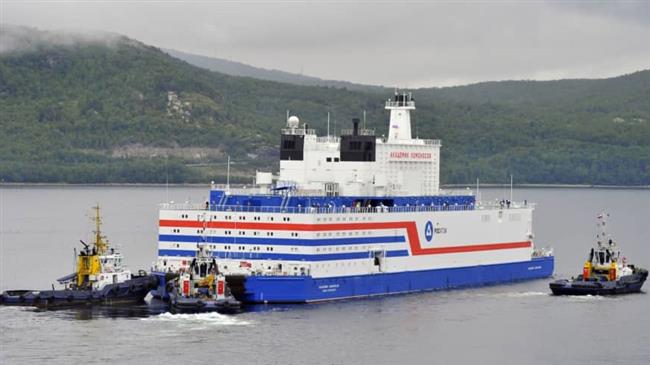
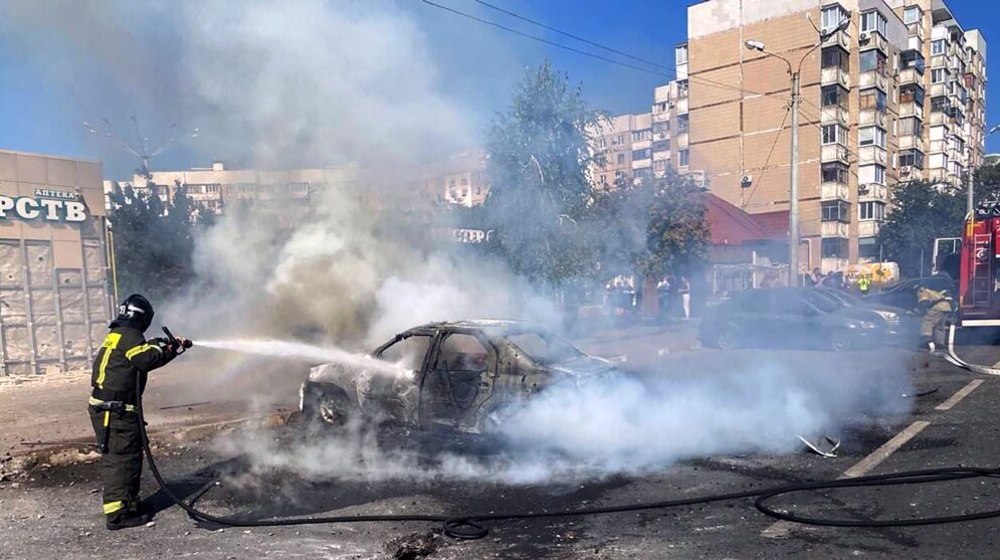
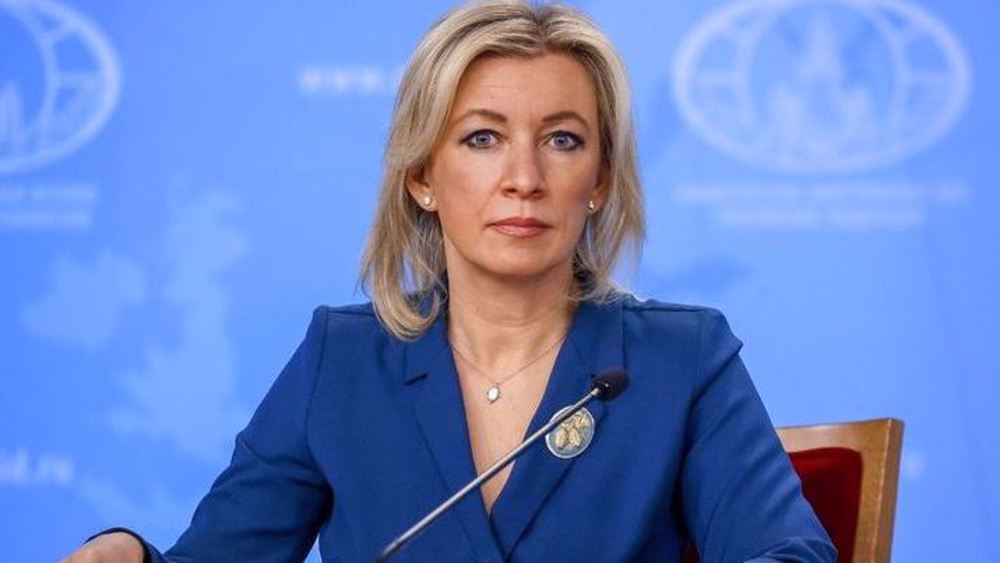




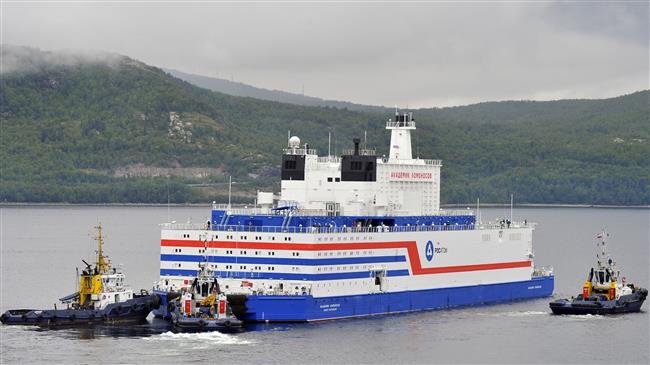

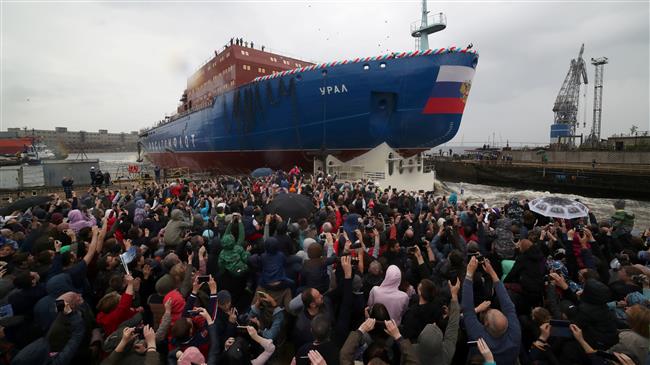



 This makes it easy to access the Press TV website
This makes it easy to access the Press TV website